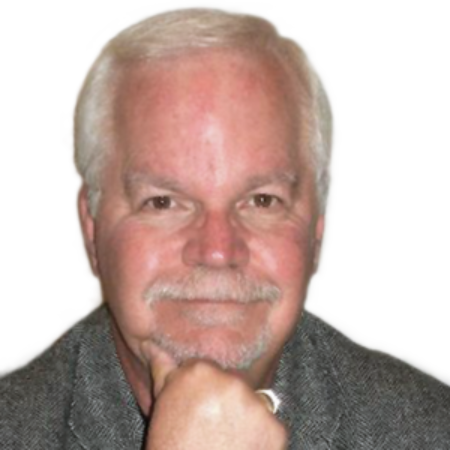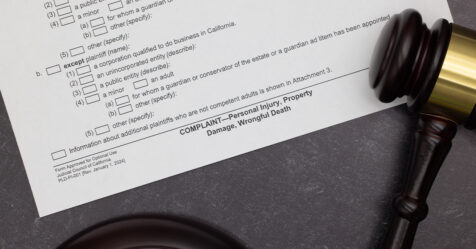Maximizing cleaning budgets is a major goal of any cleaning operation. Above all, this means assigning the right number of cleaners to cover a certain area. Assign too few, and the cleanliness level becomes unsatisfactory; assign too many, and the cost level becomes unsatisfactory.
When I first started in the cleaning business, it was common to simply look at an area to estimate the number of cleaners necessary. That was an inconclusive and erroneous measure. Today, we have the ability to make more accurate calculations based on quantifiable data that utilizes industry standards and benchmarks to reach defined conclusions.
Cleaning tasks are now based on the type of area being cleaned as well as the type of floor surface within the space. For example, in 612 Cleaning Times from ISSA, the worldwide cleaning industry association, those tasks are calculated using a cleaning time per 1,000 square feet or some variation of that. Software programs also use calculators to measure cleaning times for a specific room or area, allowing them to calculate the number of hours each day it takes to clean a building.
Quantifying Data
So far, so good, but where does that quantifiable data come from? Most organizations use floor plans or blueprints to extract their data. For the electronic version, they switch to a PDF format—similar to the emergency evacuation drawings—while others use AutoCAD or a similar drawing program. The more formal AutoCAD drawings can present several layers of information, and thus, in theory, allow for ongoing management of data as changes occur.
Evaluating Your Data Options
Now here’s the reality: A client asked me to do a space inventory using both AutoCAD and PDFs. The PDFs were eight years old, and the scaling on the AutoCAD files was not entirely accurate because the information had come from the PDFs. After physically measuring every space, the end result showed the data from the PDFs was off by an average of 15 percent. This is a significant difference that could have adversely affected the company’s planning.
With this in mind, here are two things to remember when relying on PDFs and AutoCAD drawings:
- PDFs are normally scanned from blueprints. As they are made smaller in the scanning process, the scale must also change. Without knowing the original scale, it’s nearly impossible to apply any kind of accurate measure, thus requiring you to go out and physically measure every area. In addition, every time a change occurs, it necessitates a whole new drawing, making it difficult to make changes as you go along.
- AutoCAD software requires training. The software allows you to make changes to the files, and a good AutoCAD program will scale the drawing for you. However, AutoCAD is a complex program that requires someone on your staff to know the program well. For this reason, many organizations outsource their AutoCAD work. While this can be more efficient, it requires almost constant updating of information with your AutoCAD company. Sometimes this information falls through the cracks, leading to inaccurate results.
Take Extra Precautions
Standards and cleaning software have given us the ability to make much more accurate calculations in labor hours, leading to better staffing decisions. However, with that comes the danger of being lulled into a false sense of security. As a result:
- Always make sure you have the most accurate information available and understand the scale at which you are looking.
- Keep all information up to date, especially if you have contracted with an outside company to work with you on AutoCAD files.
- When in doubt, you may have to resort to simply measuring the area.
Following these simple precautions will help maintain both your bottom line and your level of cleaning.



